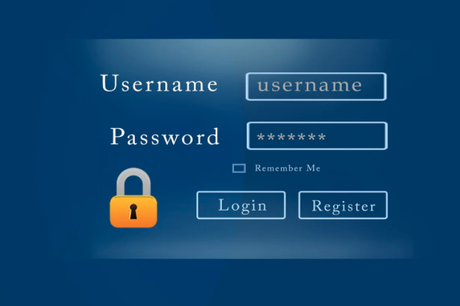Managed service providers (MSPs) know how critical it is to keep clients passwords safe. If hackers are able to get into these environments, the consequences can be dire.
MSPs often have access to the IT environments of their clients. That means the responsibility of ensuring safe passwords often falls on the MSP. By enforcing several best practices, you can stop your clients from being exploited.

Password Generating Tools
One of the best ways of avoiding potential issues is to come up with a strong password. You can use a random login of symbols, letters, and numbers. It's often hard to come up with one, and when end-users need to make a unique one for each account, remembering them can be difficult.
It's often best to have your customers use a password generator to come up with a more secure login. And since they can be hard to remember, consider offering an automated password reset tool so they can easily change the information.
Change Login Information Frequently
One of the best ways of password protection is to encourage your clients to have their employees change their login information often. The policy should cover many accounts, including cloud services, systems accounts, in-house services, and other logins. However, login information should never be reused.
A new password should be unique from any current or past one. In addition to regularly changing this information, it should also be changed in case of a data breach .
That might help an organization prevent the spread of ransomware or other malware. Plus, it can stop cybercriminals from accessing sensitive information or a company's databases and servers.
Client Education
A secure MSP business should make client education a priority. Enforce your policies with each client. It's critical to educate each customer on your rules and answer any questions they have about them.
Your employees and the employees of each client should be educated. Let them know how important it is to follow these best practices each time, even for seemingly unimportant accounts.
Multi-Factor Authentication
In the past, having multi-factor authentication (MFA) was a great feature, but today, it's something organizations need. If certain kinds of software have MFA, leave it on. Let clients know what it is and why it is so critical.
If you can, try to integrate it into your offerings. It's best to offer a layered approach that integrates hardware tokens, biometrics, and other security measures. That way, there will not be one point of failure.
Centralized Access Management
MSPs often have privileged login information for clients, which means you need to take steps to protect this information at your own company. It's a good idea to centralize password management. That way, you can learn who got access to each type of credential.
The right management solution also lets you grant certain ones to specific admins only when needed. Avoid letting each administrator access all the privileged credentials. You can also use a management solution to track access history so you can change credentials later if necessary.

